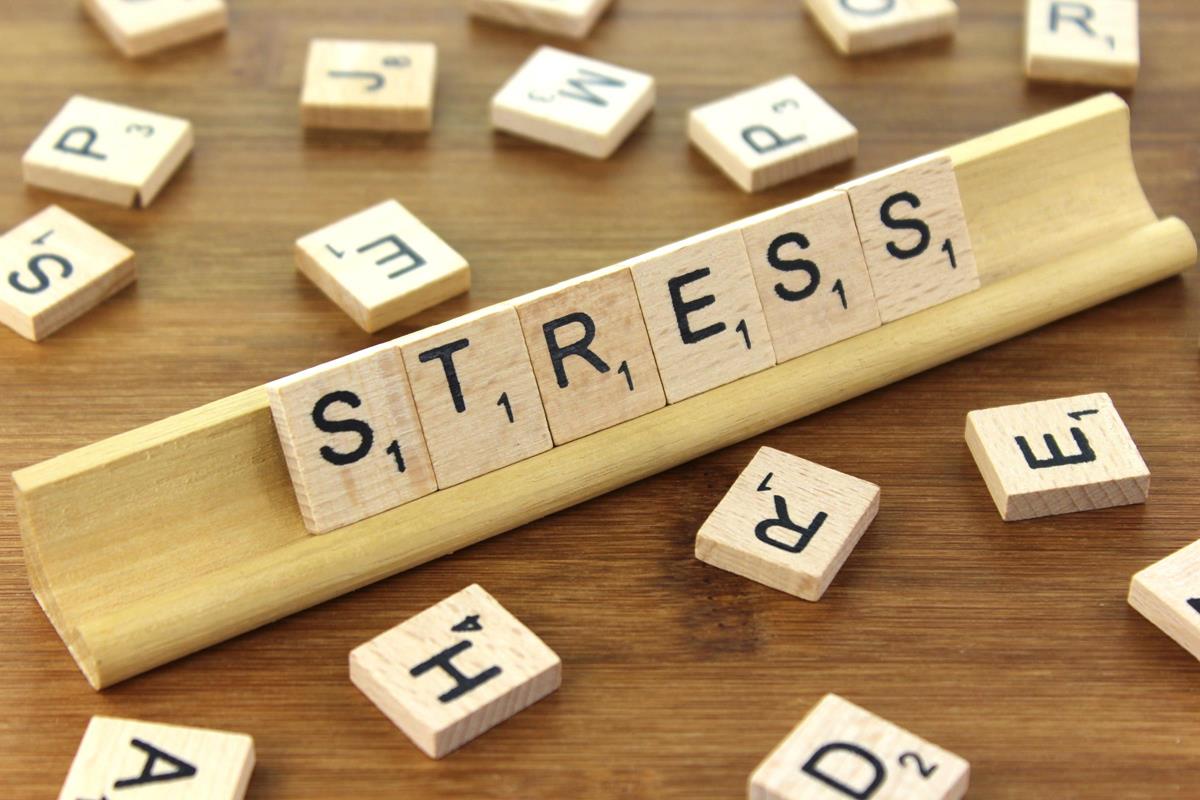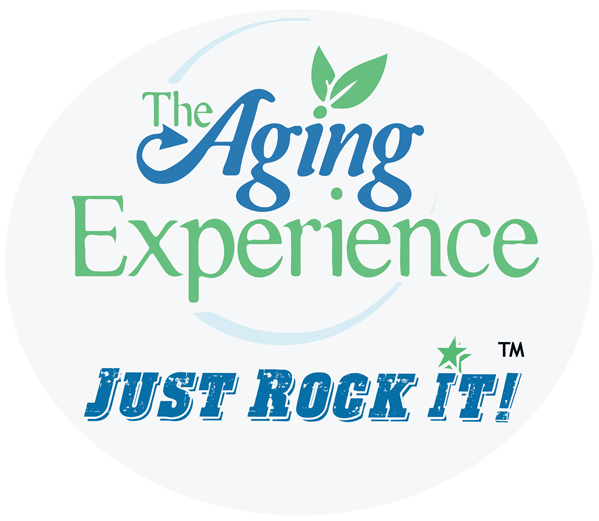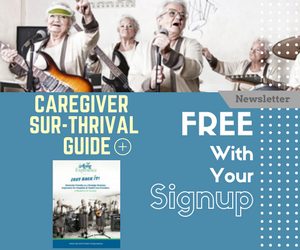Twelve Ways to Maintain Mobility as You Age
Maintain Mobility as You Age
As people enter their senior years, they may find it a lot harder to move around freely, and this loss of mobility can affect their independence and perhaps even their self-esteem. It doesn’t have to be this way, though. There are plenty of ways in which our elders can strengthen and maintain mobility so that they can walk, run, etc. by their own free will.
This video outlines 12 ways in which older people can retain their mobility into future years.
Courtesy of Be Independent Home Care.
The Rewards of Caregiving – Smilecast 24
The Rewards of Caregiving
I have talked often about the rewards of caregiving from the standpoint of it being an opportunity not a burden, etc. But there are also rewards that you can reap by applying for the right benefits to offset the cost of care. I’ll cover some of that in this episode. I was reluctant to apply for mom’s veteran’s benefits because we needed to set up a trust and that also meant paying myself as a caregiver, which quite honestly felt weird. But I swallowed my pride, took the payment, and enjoyed the rewards of caregiving.
Responding to Medical Emergencies
How to Respond to Common Medical Emergencies in The Elderly
Post courtesy of Maggie Hammond, a retired nurse and freelance writer, exploring and writing in the U.S. in retirement. An advocate for public health and nursing qualifications, she feels passionate about raising awareness of the current strain on public health organizations.
Over the course of our lifetime, most of us will at some point find ourselves in a situation where someone requires immediate and urgent medical treatment. Despite how common, relative to other potentially fatal occurrences such as heart attacks, strokes and choking, many of us don’t know the appropriate way to respond to these medical emergencies. Of course, in a medical emergency, you should summon the emergency services as soon as possible, but how the people in the immediate vicinity of the emergency respond can be the difference between life and death. It is, therefore, well worth everyone understanding and knowing how to respond to a medical emergencies. Below is a quick guide to some of the most common life-threatening medical emergencies.
Dizziness and Fainting
There are a number of reasons why someone might start feeling dizzy or actually faint, but as one doctor puts it “if someone is feeling unwell enough to tell you, a total stranger, then you should be dialling the emergency services.”
Fainting can be something as minor as low blood sugar, in which case a cookie or two will solve the problem, or it could be a sign of something more serious like a heart condition or diabetic emergency.
If someone reports feeling dizzy then seat them, give them water if you can, and call for paramedics. If the individual has some insight into why they are feeling faint, then they may already know what needs to be done, but you should always call the emergency services to be safe.
If someone faints, check their response to stimuli by first asking them verbally “are you ok?” or “can you hear me?” If there is no response then check their pulse and breathing. A pulse can be taken by placing a finger (never a thumb) over the main vein running from the thumb and down the outer side of the wrist when the hand is placed palm upwards. There are other points on the body you can take a pulse from, but the wrist is the easiest to find and use. You should also check their breathing by watching for rising and falling of the chest and by placing your hand near their nose and mouth so you can feel their breath on your hand.
If you cannot detect a pulse or any breathing, then you should inform the emergency services operator who will guide you through giving CPR. You can take an online course and learn CPR, obtaining a BLS certification, through the National CPR Foundation.
Chest Pain and Heart Attacks
A heart attack is a serious medical emergency. It is more properly known as a myocardial infarction and occurs when the blood supply to the heart is disrupted, with the most common cause being blood clots. Chest pains are the most common symptoms of a heart attack, but other symptoms can include a shortness of breath, a shooting pain in the arm, feeling lightheaded, weak, or inexplicably exhausted, and a powerful and sudden feeling of anxiety without an obvious cause. Some of these symptoms are also shared by other less serious medical problems, so are not in themselves necessarily evidence of a heart attack. It is also worth noting that not everyone experiences chest pain when having a heart attack and thus the absence of such pain shouldn’t be taken as a sign that the individual is safe from a heart attack.
If you encounter someone experiencing chest pains, you should always assume it is a heart attack and respond accordingly, even if the person reporting the pain is young or seems like they shouldn’t be having a heart attack.
First, dial the emergency services and relay to them the patient’s current status. They may advise you to begin CPR if the individual is unresponsive or they may advise you on other ways you can help. Always follow any instructions an emergency responder gives you. It may be helpful to give the person aspirin (ideally 300mg) if they are able to take it; aspirin thins the blood, which can help it flow around clots.
The leading cause of heart attacks is coronary heart disease (CHD), a condition which is linked to an unhealthy lifestyle. Smoking, a high-fat diet, and lack of exercise, as well as being overweight or obese are all contributing factors to CHD. Less common causes include drug use, in particular, stimulants such as amphetamine and cocaine, which place the heart under more strain than usual, as can depressants such as opioids, which slow the heart. Combining these drugs together dramatically raises the risk of heart attack. If you are able to establish whether the individual has any of this risk factors you should inform the emergency services operator.
Choking
Choking involves anything, although it is usually food becoming lodged in the airway and obstructing airflow to the lungs. Choking often resolves itself on its own through coughing. If an individual is choking and coughing that means that they are breathing and are generally not in any danger. If, however, they aren’t making noise and their face is turning red or blue, that means they are not breathing, at which point you should administer the Heimlich manoeuvre.
There are a number of places one can learn the Heimlich maneuver, including online sources as well as through classes in person, but below is a quick guide to performing the manoeuvre;
- Stand behind the choking individual and wrap your arms around their waist.
- Make your hand into a fist and place it against the upper part of the abdomen, below the ribcage but above the navel.
- Use your free hand to grip your fist and use a quick upward thrust into the abdomen and repeat until the object is expelled and the airway cleared.
- Do not squeeze the ribcage as this can cause ribs to break and lead to more serious complications.
- Do not slap the victim’s back as this can exacerbate the choking.
Seizures
A seizure is a surge in electrical activity in the brain, which can have a number of root causes, most commonly a condition called epilepsy. Seizures can vary in severity, intensity, and duration. Some seizures are only detectable by hooking a patient up to a device such as an electroencephalogram, which measures electrical activity in the brain, while others can cause uncontrollable spasms and flailing which, while not dangerous in and of themselves, can cause a patient to injure themselves.
There are different types of seizure, which fall into two broad categories: Focal (or partial) seizures and Generalised seizures, each of which is subdivided further.
Focal seizures are localized to one particular area of the brain and so the effects they have on victims are also localised. Focal seizures are referred to as either coming with retained awareness (previously known as a simple partial seizure) or with a loss of awareness (previously known as complex partial seizures).
A focal seizure with retained awareness is confined to one hemisphere (half) of the brain and does not impair consciousness. These kinds of seizures are likely to be remembered by the victim afterwards. Depending upon where in the brain the seizure occurs, it can cause a variety of different effects. Autonomic seizures are accompanied by abdominal discomfort, nausea, and other strange sensations in the abdomen. If the seizure occurs near the emotional processing centre of the brain (the temporal lobe) they might experience inexplicable emotions or unusual feelings. They may also hallucinate (perceive things that are not there) or experience strange smells and tastes. Motor effects are also common with focal seizures and these involve convulsive, jerking movements, which may spread from one area of the body to another. These are referred to as tonic-clonic seizures.
Focal seizures with a loss of awareness are sometimes referred to as Focal dyscognitive seizures. Dyscognitive seizures rarely involve motor effects but, because of the area of the brain they are localised to, they interrupt memory formation and thus awareness and consciousness. Whereas seizures with motor effects can lead to an individual inadvertently injuring themselves, the biggest danger to someone having a seizure with a loss of awareness is the loss of awareness of their surroundings, which can lead to them putting themselves in danger without realising it.
If you see someone having a tonic-clonic seizure, you should move them away from anything that could cause them injury, cushion their head, and loosen any clothing around their neck. You should not try to restrain them or move them (other to get them away from nearby hazards), as this could cause you both an injury. Make a note of the time the seizure starts and finishes, as well as what the person was doing if you know when the seizure occurred. This information can be very useful to their doctor.
As we age, the chances of us finding ourselves experiencing or witnessing a medical emergency increases and it is important that people know how to respond to them when they do occur. If you witness or experience an emergency, you should always call for an ambulance and follow any instructions relayed to you by the operator.
(Editor’s Note: This is a contributed post and reflects the viewpoints of Maggie Hammond, guest author. This should not be construed as medical advice. Please consult your physician and trained responders in any emergency and follow their instructions.)
Caregiver Stress May Lead to Those Living with Dementia Dying Sooner
 Caregiver Stress – Dementia patients may die sooner if family caregivers are mentally stressed
Caregiver Stress – Dementia patients may die sooner if family caregivers are mentally stressed
People living with dementia may actually die sooner if their family caregivers are mentally stressed, according to a new study from the University of California, Berkeley.
From 2007 until 2016, UC Berkeley researchers tracked the mortality of 176 patients and measured the mental health of the family members who took care of them.
Their findings published in the Proceedings of the National Academy of Sciences, indicate that patients tended by caregivers with depression, anxiety and other symptoms of mental illness typically died sooner than those being looked after by caregivers in good mental health. Caregiver Stress!
For example, compared to patients who were cared for by relatives in fairly good mental health, patients tended by family members in poor mental health died, on average, about 14 months sooner.
“Our finding of the strong relationship between patient survival and caregiver mental health underscores the profound intertwining of the lives and well-being of caregivers and patients as they engage in one of life’s most challenging and intimate relationships,” said study senior author Robert Levenson, a psychology professor at UC Berkeley.
While the study does not provide definitive causal or directional evidence for the earlier death of patients whose caregivers are in poor mental health, “it highlights the mutual influence both parties’ mental and physical states have on one another, and the extraordinarily high stakes that are involved,” Levenson said.
The study is thought to be the first to link the mental health of caregivers to the mortality of patients who suffer from a diverse range of neurodegenerative diseases, researchers said.
“These findings make a compelling case that helping preserve the mental health of caregivers may also help the patients in their care,” said study co-lead author Brett Ford, an assistant psychology professor at the University of Toronto who worked on the study as a Ph.D. student in psychology at Berkeley.
Overall, the results showed that the mortality risk for patients was greater when their caregiver suffered from poor mental health, even when factoring in patients’ gender, age, disease severity and mental health.
More than 7 million Americans are estimated to suffer from neurodegenerative disorders such as Alzheimer’s, frontotemporal dementia, Parkinson’s, multiple sclerosis, Lou Gehrig’s (ALS) and Huntington’s disease, all of which lead to gradual declines in cognitive, emotional and motor functioning.
The unrelenting progression of these diseases – with a rate of survival ranging from three to 10 years after initial diagnosis – means that patients are often cared for in the home by relatives or close friends who are not being paid for their work.
“Family members and others who provide critically needed care for these patients do heroic and extremely challenging work,” Levenson said.
While caregivers may find this work rewarding and necessary, the everyday stress can take a toll on their mental well-being. Up to 40 percent of dementia caregivers suffer from depression. They also report above-average levels of anxiety, social isolation and frustration.
The study notes that poor mental health in caregivers can affect patients’ lives in a variety of ways. It can reduce the quality of patient care by raising the risk of neglect or abuse, weaken the patients’ immune systems by compromising social bonds between the caregiver and patient, or transmit negative emotions directly to patients through a phenomenon known as emotion contagion, in which one person in a relationship absorbs the emotional responses of the other.
The study’s results are timely in the face of the rising health needs of aging baby boomers, said Levenson. By 2030, more than 8 million Americans are anticipated to be living with some form of dementia. Caregiver stress is growing.
Caregiver Stress is a real issue. So consider coming on board our Caregiver Smile Cruise and also attend our Caregiver Smile Summit event. Both will help relieve the stress of caregivers.









